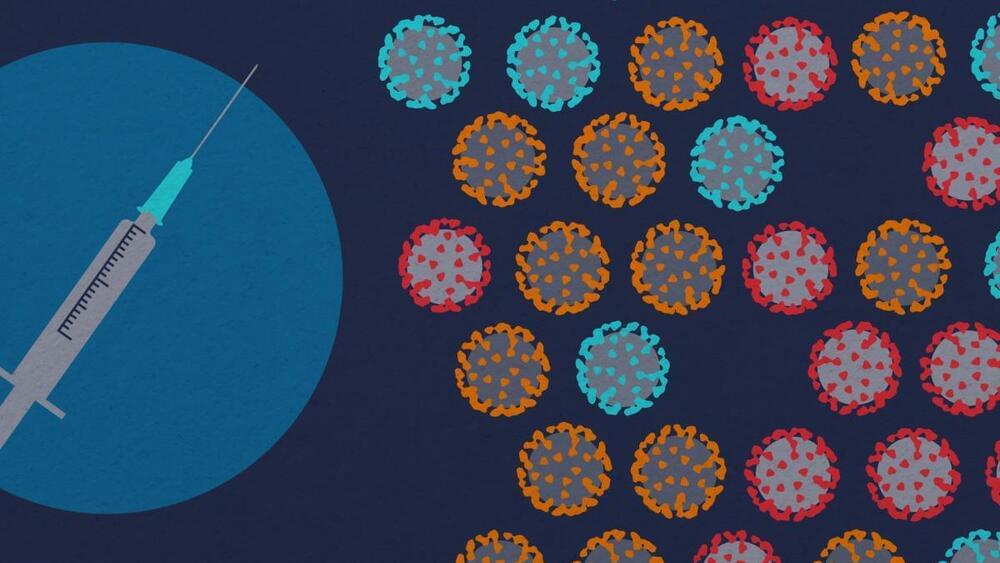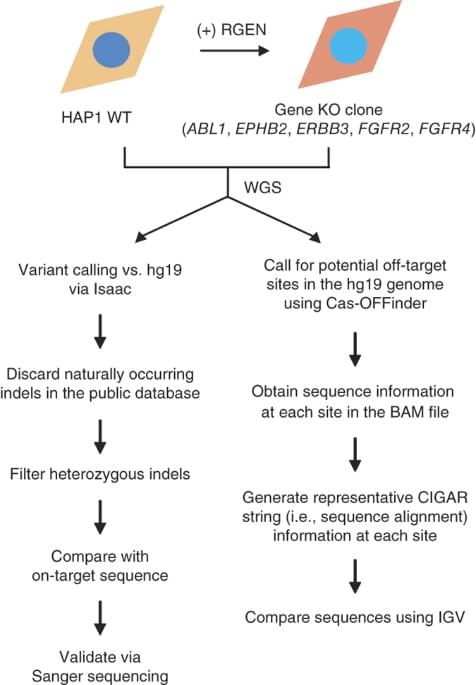
In the spring, a team of University of Virginia and Virginia Tech scientists shared some exciting news: The vaccine they are developing showed promising results in early animal trials not only for COVID-19, but for other coronaviruses.
If that trend continues through further testing, this vaccine could help contain both current and future variants of the COVID-19 virus — including the Delta variant currently plaguing the United States, and other variants that might crop up in the coming months and years. It could even protect against other coronaviruses, including viruses that cause the common cold. And, it could cost as little as $1 a dose.
What if we had a vaccine that would work for any COVID-19 variants that might pop up – and even for some coronaviruses that cause the common cold? UVA and Virginia Tech scientists are working on it.








